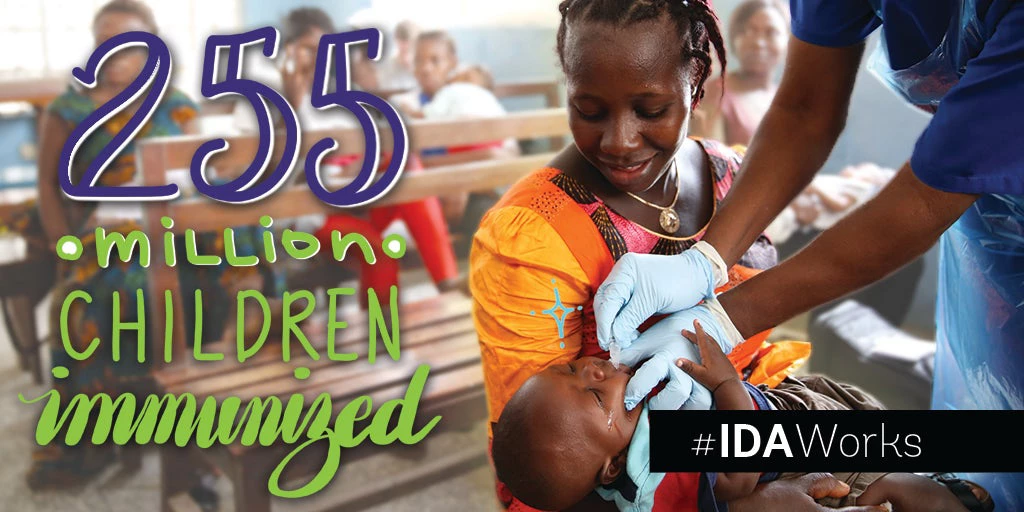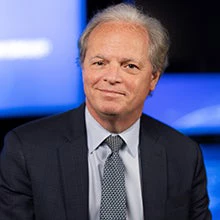
Today is “End Poverty Day.” This is an important marker in the fight to end extreme poverty by 2030—a time for us to renew our collective commitment to do more and better to end poverty, and reflect on what the global community has accomplished together.
Since 1960, the International Development Association, IDA, has stood at the frontlines of our work in the poorest countries. IDA investments help spur greater stability and progress around the world by preventing conflict and violence, generating private sector investment, creating jobs and economic growth, preventing the worst effects of climate change, and promoting gender equality and good governance.
With IDA’s help, hundreds of millions of people have escaped poverty —through the creation of jobs, access to schools, health facilities, social safety nets, roads, electricity, and more. Our most recent results show quite simply that IDA works. For example, from 2011-17, IDA helped more than 600 million people receive essential health services, 30 million pregnant women receive prenatal care from a health provider, recruit 8 million teachers, and immunize a quarter of a billion children.
Leveraging these investments more extensively—including drawing in more private sector resources—is critical as we raise our sights to do more and better.
The landmark replenishment of IDA18 put us on a firm path to do just that. The record $75 billion financing commitment for 75 low-income countries over the next three years was a success for multilateralism. The financing package includes funds IDA expects to raise from its first-ever foray into the capital markets. The policy roadmap includes some of the most aggressive commitments to date to tackle extreme poverty.
The record financing is enabling us to double resources to address fragility, conflict and violence (more than $14 billion), as well as the root causes of these risks before they escalate, and provide additional financing for refugees and their host communities ($2 billion). Increased financing is helping us strengthen support for crisis preparedness and response, disaster risk management, small states, regional integration and private sector investment.
Along with the scaled-up funding comes scaled-up impact. Among the expected results, to mention just a few, are access to better water sources for up to 45 million people, immunization of up to 180 million children, and the creation of an additional 5 GW of renewable energy generation capacity. Our new approach to attracting private sector investments in the poorest and most fragile markets will spark the creation of jobs and fill funding gaps with an estimated $6-8 billion in additional private investments.
The road to 2030 is long and arduous. But IDA18 is off to a strong start. With the shared commitment and continued focus of the global community, the goals are within our reach. How do we know it’s possible? Because IDA works.


Join the Conversation